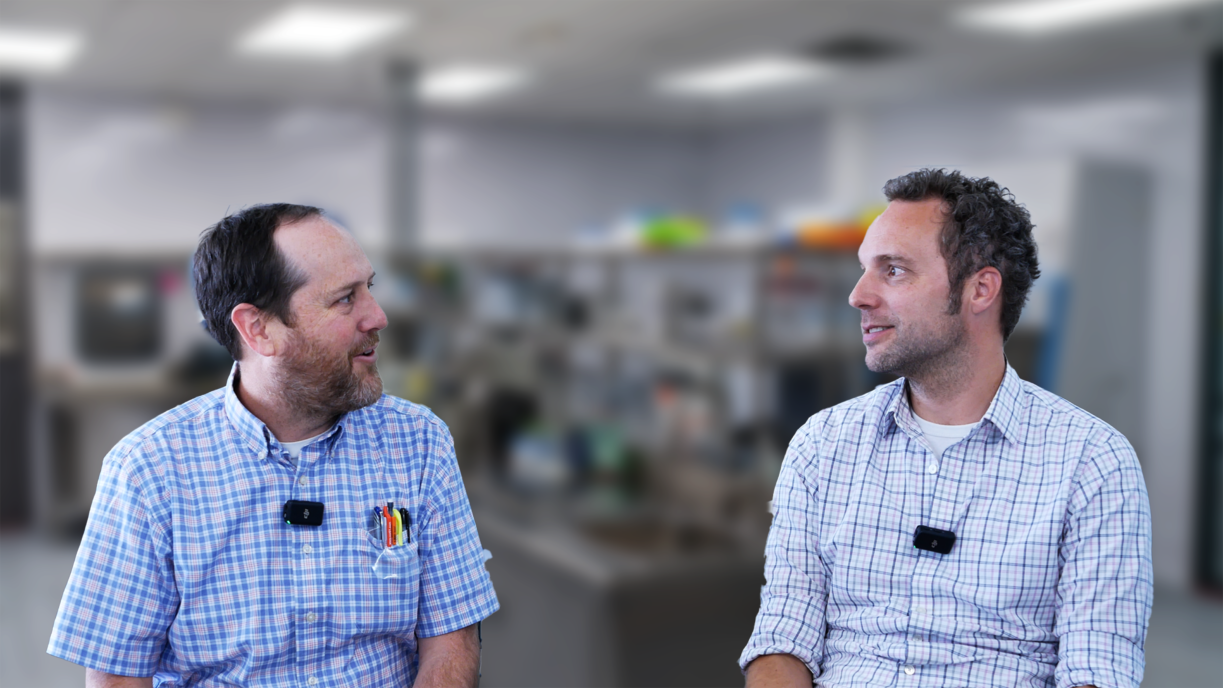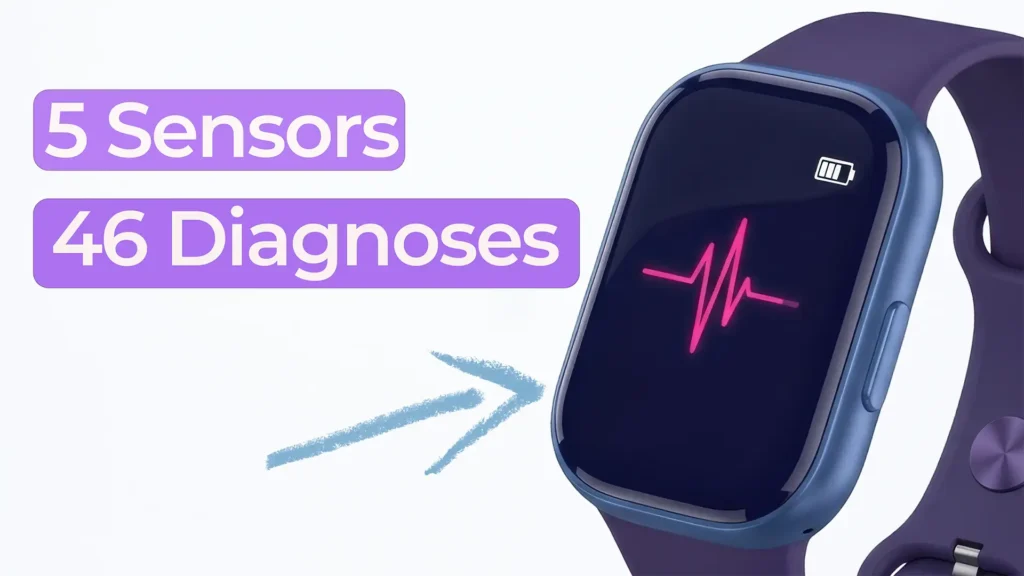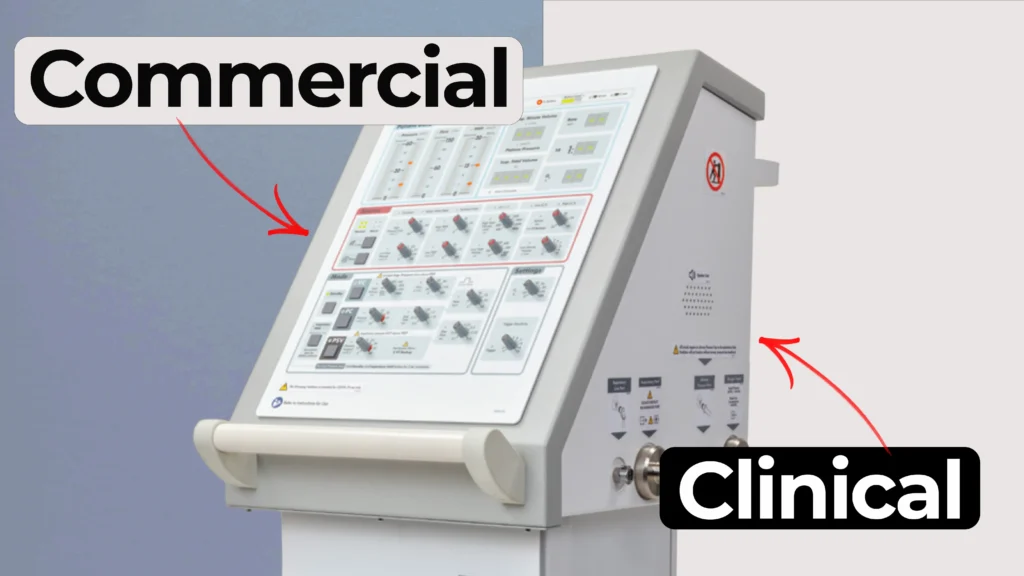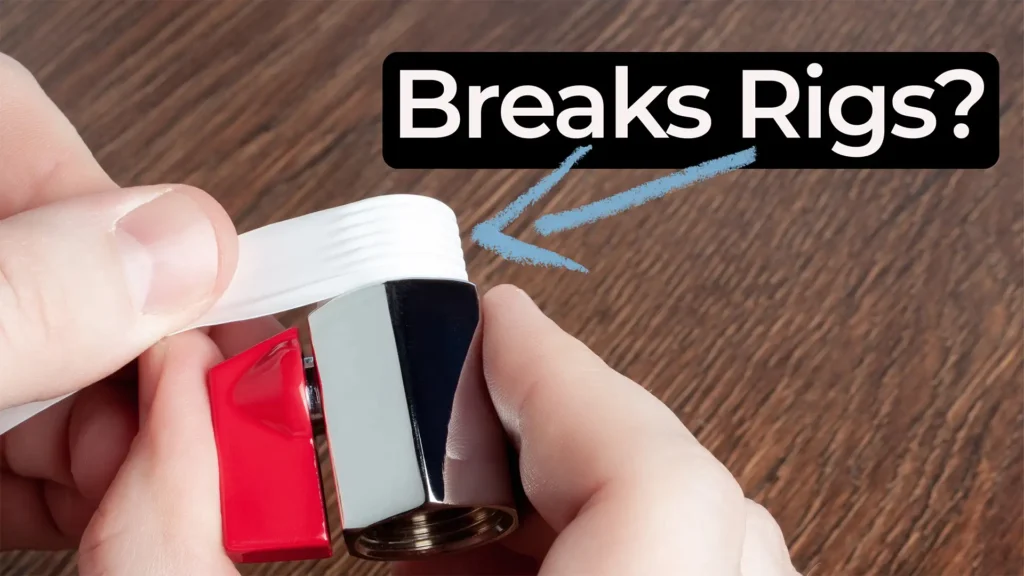
Bio Break: Helping Santa with Medical Innovations
In this festive episode of Bio Break, Joris van der Heijden and Nick Allan bring a holiday twist to medical device innovation by discussing how modern technology could improve Santa’s health. Using a lighthearted analogy, they explore the challenges of managing conditions like diabetes and how advancements in drug delivery devices, such as Ozempic injection systems, could make a difference.
The conversation begins with Joris reflecting on Santa’s evolving image and the potential health risks of his iconic cookie-filled lifestyle. Nick introduces Ozempic, a GLP-1 receptor agonist that has gained widespread adoption for its effectiveness in managing diabetes and even its potential in preventing conditions like Alzheimer’s. While the medication itself is groundbreaking, the episode focuses on the delivery system and areas for improvement.
The experts highlight the limitations of current pre-filled syringes used for Ozempic, such as the need for precise dosage adjustments, proper disposal of sharps, and the overall user experience. They propose innovations that could make the medication more user-friendly, such as:
- Auto-Injector Devices: Eliminating the need for manual dosing and reducing the margin for error.
- Cartridge-Based Systems: Offering a simpler and safer method for home use, with fewer complications in terms of storage and handling.
- Improved User Interfaces: Streamlining the experience for users like Santa, who may prefer a system requiring less technical input.
This holiday-themed episode underscores the importance of user-centric design in medical devices, particularly in enhancing the accessibility and safety of life-changing medications.
Whether you’re a medical device developer, healthcare innovator, or just looking for a fresh perspective on improving healthcare, this episode offers insights wrapped in holiday cheer. Discover how thoughtful design and innovation can make a difference for patients—and maybe even Santa Claus himself!
Helping Santa with Medical Innovations
Related Resources

In this Bio Break episode, Nick and Nigel explore a surprising and memorable microbiology fact that puts everyday hand hygiene into perspective.

Nick and Nigel explore how a surprisingly small set of sensors could be used to identify a wide range of common health conditions.

Understanding how clinical ventilator development differs from commercial ventilator design is essential for teams planning early studies.

Nick walks through a practical Teflon tape lesson that came from real work supporting a mechanical test rig.
